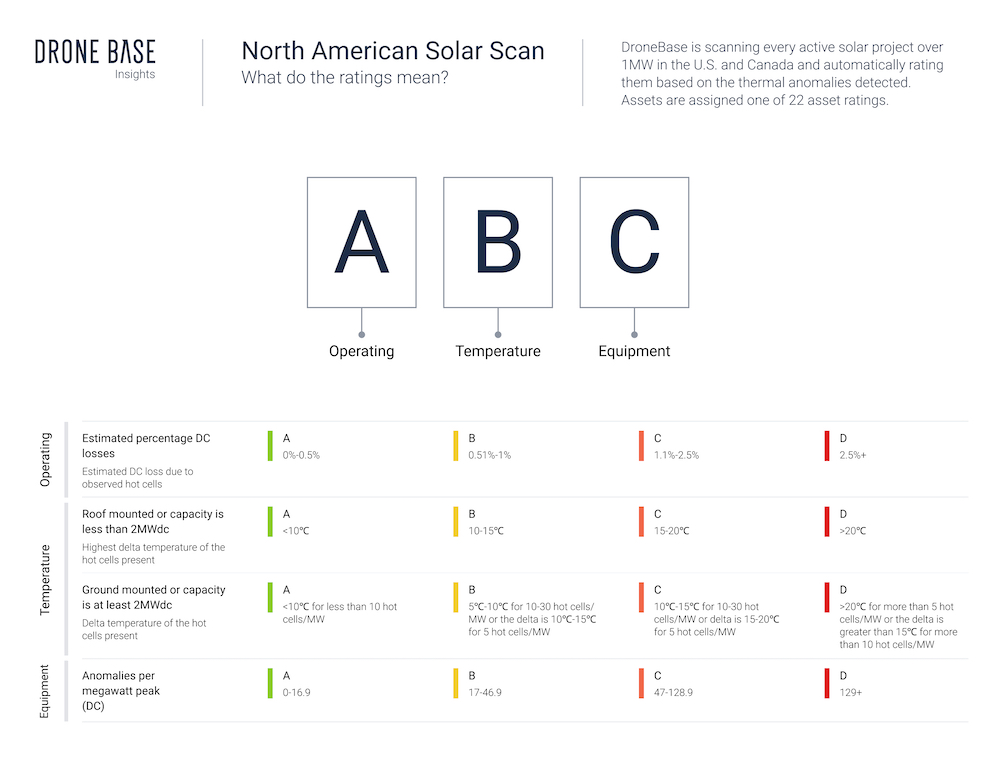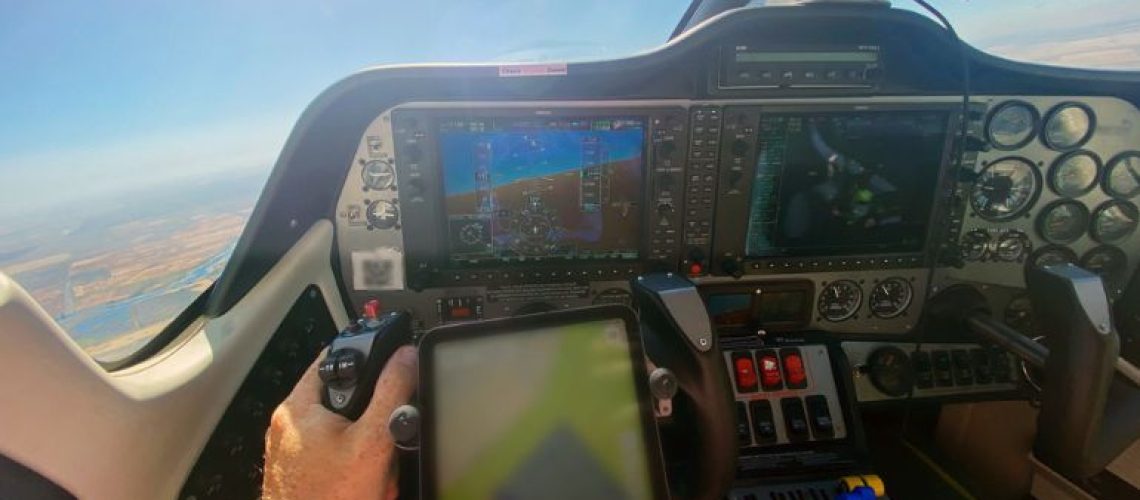With the Solar Energy Manufacturing for America Act passed within the Inflation Reduction Act, America’s solar manufacturing sector is set to scale dramatically. To support the forecasted growth of 60 GW of solar deployed annually from 2025 to 2030 and ensure better oversight of U.S. solar power plants, DroneBase announced the first standardized set of solar asset ratings to cover all of North America. By offering a thorough assessment of power loss, module condition and cell temperature, DroneBase presents the solar industry with a new gold standard for evaluating the total condition of solar power plants, marking the industry’s first complete solar asset conditions data set.

“With the solar industry experiencing substantial scaling, industry professionals are looking for a standardized way to evaluate solar asset conditions. Until now, there has been a lack of transparency and visibility into the overall status and condition of assets,” said Mark Culpepper, general manager of global solar solutions at DroneBase. “Thanks to our scanning capabilities, we provide deep and broad data sets and bring a universal understanding on the condition of solar power plants.”
DroneBase’s North American Solar Scan uses a simple three-letter asset rating system, similar to the common investment-grade bond rating system. Each letter represents a specific aspect of a solar site’s overall condition. Conducted via manned aircraft, the North American Solar Scan provides cost-effective and comprehensive thermal and RGB views of solar assets to investors, asset owners, operations and maintenance managers, utility companies, EPC firms and policymakers. Scanned solar plants (1 MW and larger) are automatically assigned three criteria based on aerial photography and thermal scans. Stakeholders can access the data and reports via the DroneBase Solar Insights web platform.
The first letter in the rating represents the operating condition of the site. Thermal sensors detect components that are failing to estimate direct current (DC) losses at the power plant. The second letter in the rating is an indicator of the highest recorded temperature of photovoltaic cells, with separate parameters for roof-mounted and ground-mounted assets. Elevated temperatures may indicate potential safety or liability risks. Finally, the last letter in the rating reflects the condition of the modules used by comparing the number of anomalies per megawatt peak. More anomalies per megawatt generally indicate more potential problems with the modules on the site.
By providing this analysis and the three-letter rating, DroneBase enables stakeholders to see the condition of solar plants across a geographic area, such as a city, state or the continental U.S. Financiers or owners can use the asset ratings to identify potential assets for acquisition or sale. In contrast, O&M service providers can use the data to highlight the excellent rating of the plants they service. Meanwhile, developers and EPCs will be able to leverage the ratings to provide objective evidence of the quality of their work to existing or prospective customers. Clients seeking Dronebase’s traditional deep-scanning capability, providing detail as specific as cell level visibility into specific component failures, can continue to do so and can even order that within the new updated Insights platform.
To date, DroneBase has completed scanning and processing 16 GW of solar plants and 20 percent of large-scale solar-generated power in the U.S. The whole U.S. solar plants market of 1 MW or larger — approximately 80 GW — will be accessible via the DroneBase Insights platform in the spring of 2023. Customers can subscribe immediately to access the sites scanned in California.
News item from DroneBase



